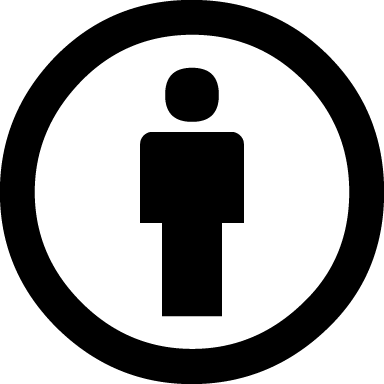Sergio Rubio-Pizzorno
Gisela Montiel Espinosa
Thursday, July 13th of 2017
www.zergiorubio.org

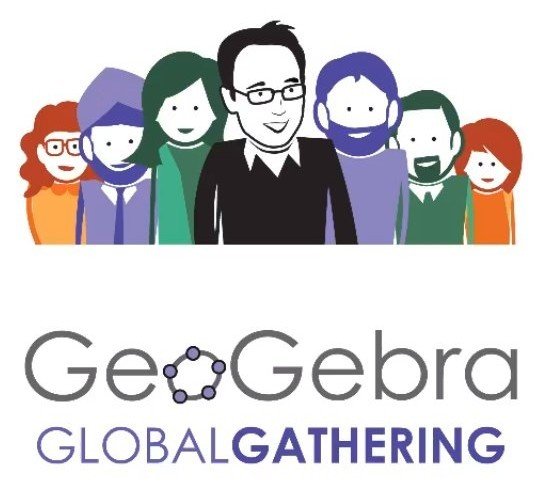
Créditos
GeoGebra en la integración digital en la práctica del docente de matemáticas por Sergio Rubio-Pizzorno se distribuye bajo una Licencia Creative Commons Atribución-NoComercial 4.0 Internacional.
Basada en una obra en https://slides.com/zergiorubio/cibem2017-integracion-geogebra .
BY
NC

Sergio Rubio-Pizzorno
Gisela Montiel Espinosa
GeoGebra as a socially constructed technology
Thursday, July 13th of 2017
www.zergiorubio.org
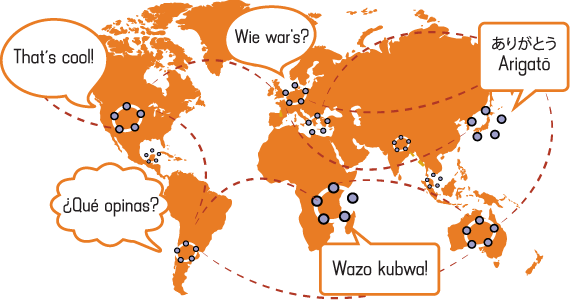


Constitution of social groups
Social interaction
Normativity of the dominant social structure
Social construction of digital technology
Internet
Open and collaborative work
Relevant social groups
Objective\(_1\)
Interpretation\(_1\)
Translators
Teachers
Developers
Social group\(_n\)
Interpretation\(_2\)
Interpretation\(_3\)
Interpretation\(_n\)
Objective\(_2\)
Objective\(_3\)
Objective\(_n\)
\( \vdots \)
\( \vdots \)
\( \vdots \)
:
:
:
:
Social group\(_1\)
Social group\(_2\)
Social group\(_3\)
Social group\(_n\)
Community purpose

Personal
Group
Community
Needs
Share
Meet
Needs
Community projects
Pose
Meet
Personal
Network
Group
Community
Open
Collaborative
Necesidades
Proyectos de la communidad
Plantean
Suplen
Personales
Red
Grupales
Comunitarios
Abiertos
Colaborativos
Personal need
Group need
Community need
Translator group

Understand information in native language
Have official information in own language
Open access to official information
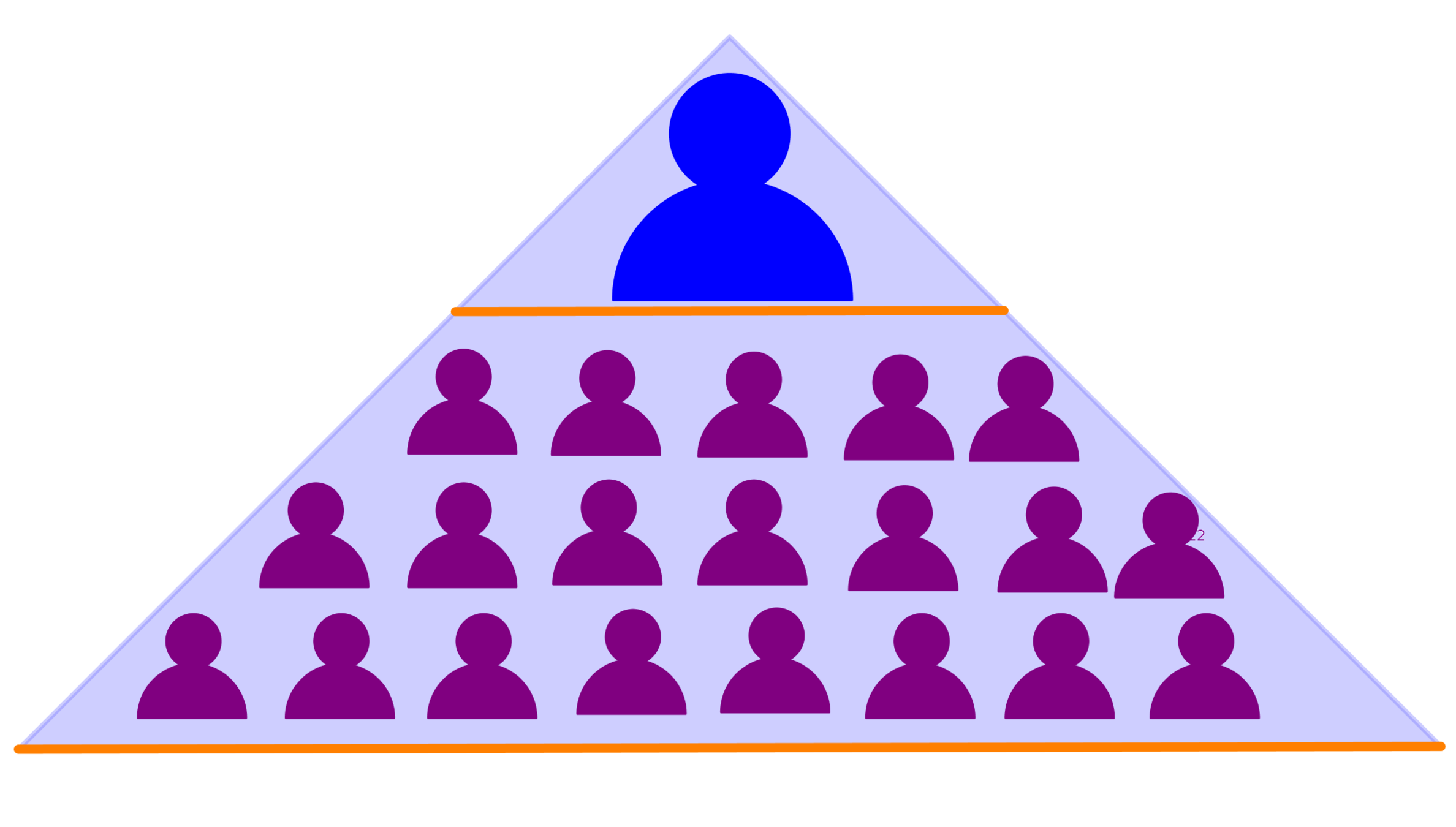
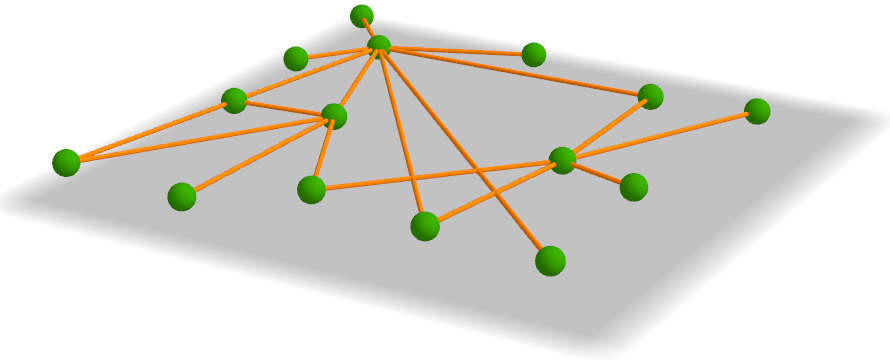
Sergio Rubio-Pizzorno
Gisela Montiel Espinosa
Didactical designs and Pedagogical strategies using GeoGebra Materials platform
Thursday, July 13th of 2017
www.zergiorubio.org




Diffusion of research findings
Teacher experience
Features of hybrid design environments
Negotiation process
¿PREGUNTAS?
Sergio Rubio-Pizzorno y Gisela Montiel
sergio.rubio@cinvestav.mx | gmontiele @cinvestav.mx
www.zergiorubio.org
Referencias
Castells, M. (1999). La Era de la Información. Economía, Sociedad y Cultura: La Sociedad Red (vol. I). Siglo XXI, Estado de México, México. ISBN 9789682321689.
Contreras, P. (2003). Me llamo Kohfam. Identidad de un hacker: una aproximación antropológica. Editorial Gedisa S. A., Barcelona. ISBN 84-9784-007-0
Pinch, T. (2015). La construcción social de la tecnología: una revisión. En: María Josefa Santos y Rodrigo Díaz Cruz (Eds.), Innovación tecnológica y procesos culturales. Perspectivas teóricas, pp. 18–37. Fondo de Cultura Económica, México. ISBN 9786071622167.
Referencias
Serres, M. (2013). Pulgarcita. Fondo de Cultura Económica, Buenos Aires, Argentina.
Rubio-Pizzorno, S. y Montiel, G. (2017). Geometría dinámica como actualización didáctica de la evolución conceptual de la geometría. En P. Perry (Ed.), Encuentro de Geometría y sus Aplicaciones, 23 (pp. 143-148). Bogotá, Colombia: Universidad Pedagógica Nacional. Rescatado de www.encuentrogeometria.com/Documents/2017Memorias.pdf
Créditos
GeoGebra en la integración digital en la práctica del docente de matemáticas por Sergio Rubio-Pizzorno se distribuye bajo una Licencia Creative Commons Atribución-NoComercial 4.0 Internacional.
Basada en una obra en https://slides.com/zergiorubio/cibem2017-integracion-geogebra .
BY
NC
Diagram from GeoGebra Global Gathering 2017's presentations
By Sergio Rubio-Pizzorno
Diagram from GeoGebra Global Gathering 2017's presentations
[Thursday, July 13th of 2017] Diagrams for presentations held in GeoGebra Global Gathering 2017: (1) GeoGebra as a socially constructed technology: an anthropologycally analysis, and (2) Didactical designs and Pedagogical strategies using GeoGebra Materials Platform: some Mexican cases.
- 1,282

